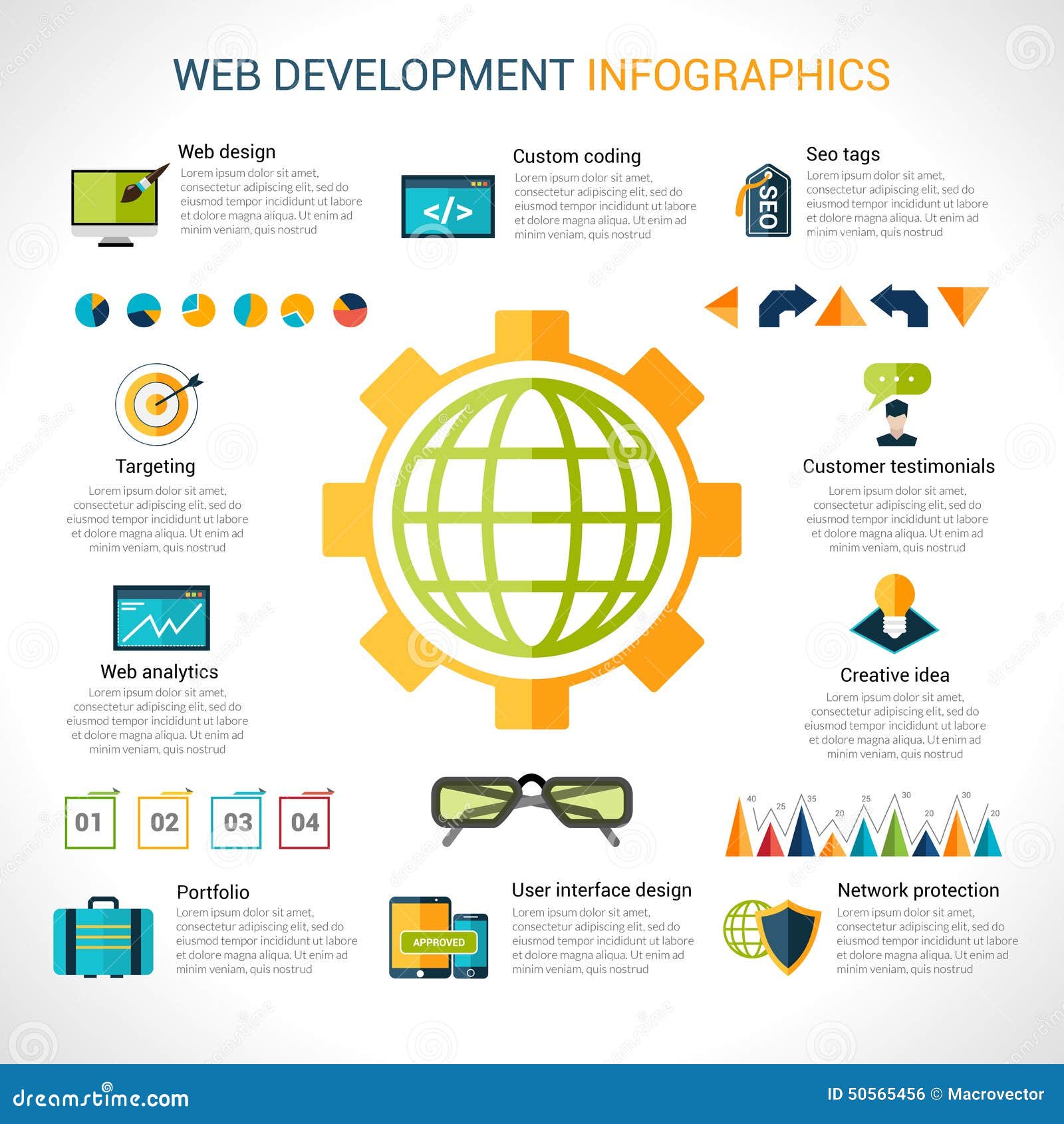Enhance Your Web Site'S Individual Experience And Pursue Layout Quality With Our User-Friendly Suggestions And Tricks, Customized To Fulfill The Requirements Of Your Customers
Enhance Your Web Site'S Individual Experience And Pursue Layout Quality With Our User-Friendly Suggestions And Tricks, Customized To Fulfill The Requirements Of Your Customers
Blog Article
seo marketing internet Composed By-Martinsen Odom
Master the art of web design by focusing on user experience. Craft user-friendly navigation and select mobile optimization to improve the searching experience. Guarantee simple navigating with clear headings and attractive visuals. Focus on mobile responsiveness for a regular user experience. By including these necessary style principles, you can produce a straightforward site that astounds site visitors.
Essential Layout Principles
When creating a web site, prioritize customer experience most of all else. Your major goal must be to develop a smooth and pleasurable experience for your visitors. Beginning by making certain that your website is very easy to browse. Usage clear headings, arranged menus, and user-friendly switches to direct customers through your content effortlessly. Keep in mind, simpleness is key. Stay clear of littering your pages with unnecessary aspects that can overwhelm or perplex your audience.
One more necessary design principle is to make sure your site is visually attractive. Pick a natural color scheme, top notch photos, and legible typefaces to boost the overall appearance of your website. Consistency is vital in establishing a solid brand identity and making your site a lot more remarkable to customers.
Furthermore, prioritize mobile responsiveness. With even more people browsing the net on their smart devices and tablets, it's vital that your internet site looks and functions well on all tools. Test Recommended Webpage on different screen dimensions to make sure a seamless experience for all customers. By concentrating on these important layout principles, you can create an user-friendly web site that maintains visitors returning for more.
User-Focused Navigating
To boost individual involvement and improve their searching experience, prioritize creating user-friendly navigation paths that lead site visitors perfectly through your website. Clear and well-organized navigating is vital for assisting users locate the information they require rapidly and effectively. Begin by maintaining your menu framework easy and understandable. Use descriptive labels that plainly show what content can be located under each food selection option. In addition, consider carrying out dropdown food selections for subcategories to prevent overcrowding the main navigation bar.
Another crucial element of user-focused navigation is using breadcrumbs. Breadcrumbs are a second navigation help that shows individuals their present location on the internet site and permits them to conveniently navigate back to previous web pages. This attribute is especially valuable for users who enter your website with a deep link or an internet search engine outcome.
In addition, incorporating search capability prominently on your website can additionally enhance customer navigating. A search bar allows customers to promptly find details web content without needing to click through multiple web pages. Guarantee that your search bar is easily noticeable and available on every page of your site for maximum use. By prioritizing user-focused navigation strategies, you can develop a more instinctive and enjoyable surfing experience for your site visitors.
Mobile Optimization Techniques
Think about enhancing your internet site for smart phones to make certain a smooth customer experience throughout various screen dimensions. Mobile optimization is crucial in today's digital landscape where a considerable portion of web browsing happens on smart devices and tablet computers.
To boost mobile use, beginning by carrying out receptive design strategies. This strategy allows your web site to adapt to numerous display dimensions, preserving functionality and aesthetics.
Focus on optimizing filling times for mobile users. Slow-loading sites can deter visitors and impact your internet search engine positions. Compress images, minimize HTTP demands, and leverage internet browser caching to enhance loading speed. Furthermore, https://whatiscontentmarketingstr95172.azzablog.com/29997672/discover-the-key-approaches-that-all-local-business-owners-need-to-be-of-to-enhance-their-online-visibility-and-pull-in-a-bigger-client-base-with-using-neighborhood-search-engine-optimization pecking order for mobile display screens. Make https://search-engine-optimizatio05948.theideasblog.com/30322064/enhance-your-visibility-online-by-choosing-the-perfect-regional-search-engine-optimization-business-for-your-service-learn-how-to-choose-the-most-effective-option that vital info is prominently shown, and navigating is instinctive, advertising very easy access to vital sections.
Make use of touch-friendly aspects such as bigger buttons and structured kinds to help with communication on smart phones. Conduct detailed screening throughout different mobile systems to determine and correct any type of usability problems.
Conclusion
To conclude, understanding the art of website design is important for producing an easy to use internet site. By integrating essential layout concepts, user-focused navigation, and mobile optimization methods, you can ensure a smooth and pleasurable experience for your site visitors.
For example, a local pastry shop saw a 30% rise in on-line orders after revamping their site to be a lot more easy to use and mobile-responsive. Bear in mind, a well-designed web site can make all the distinction in attracting and preserving consumers.
